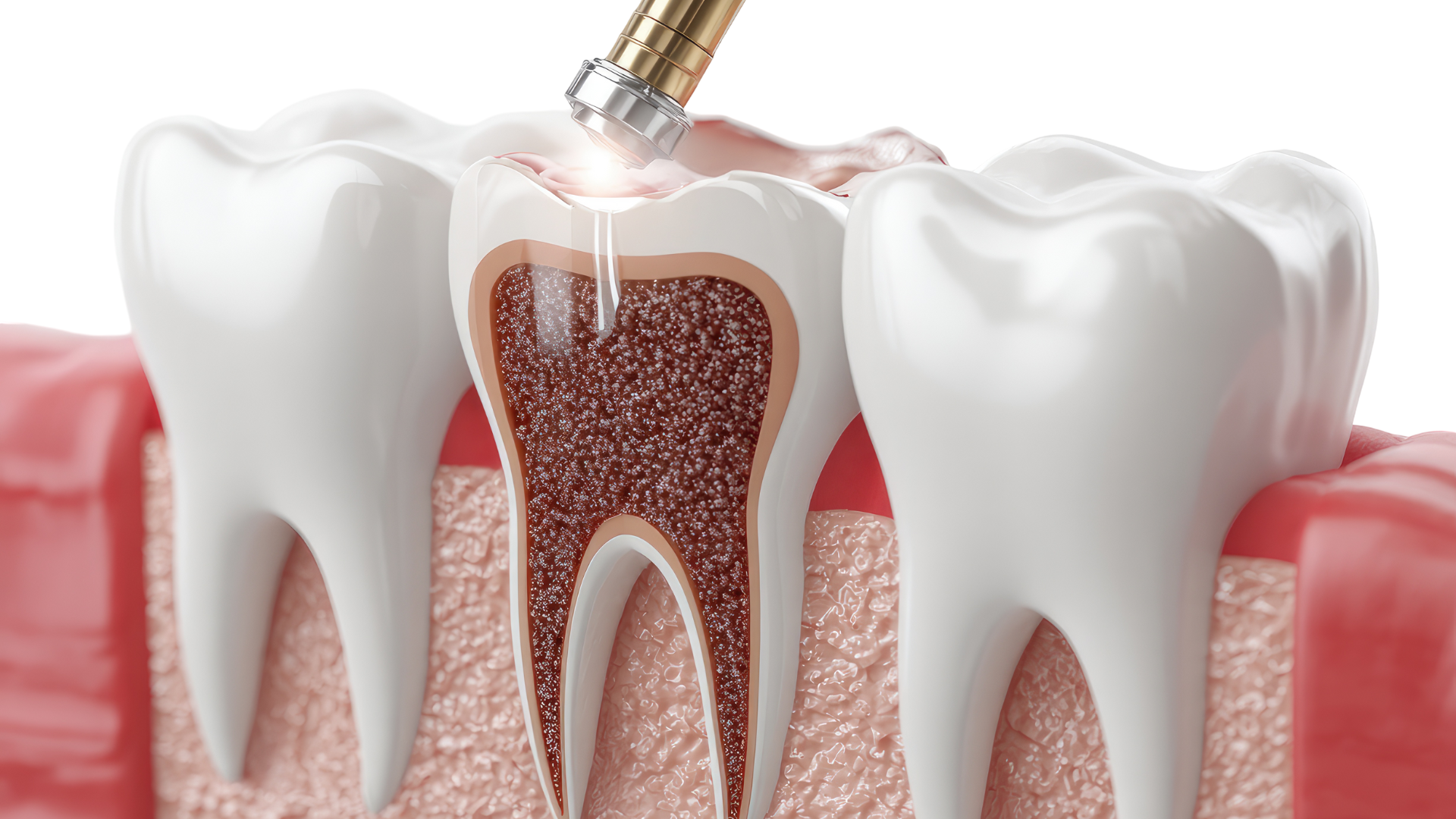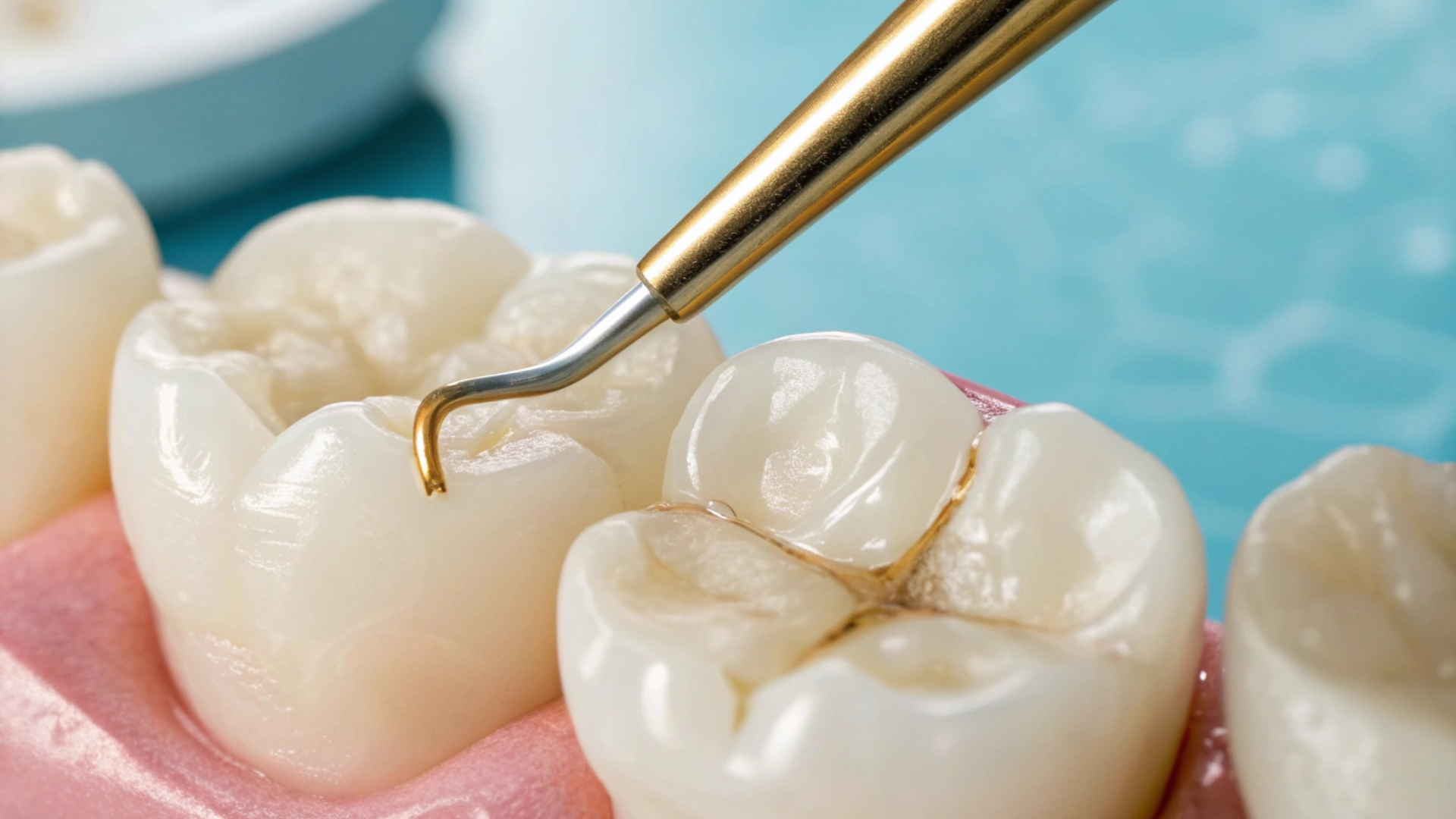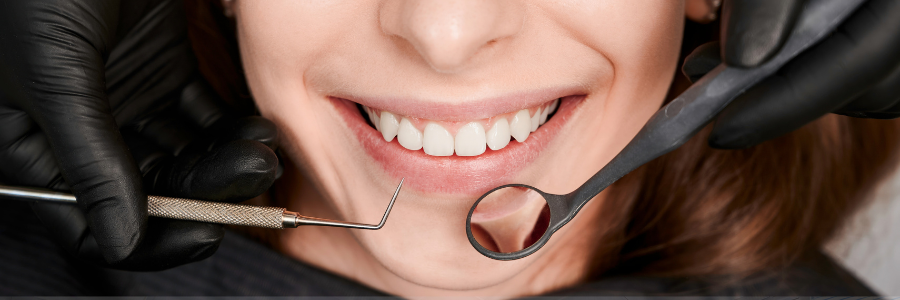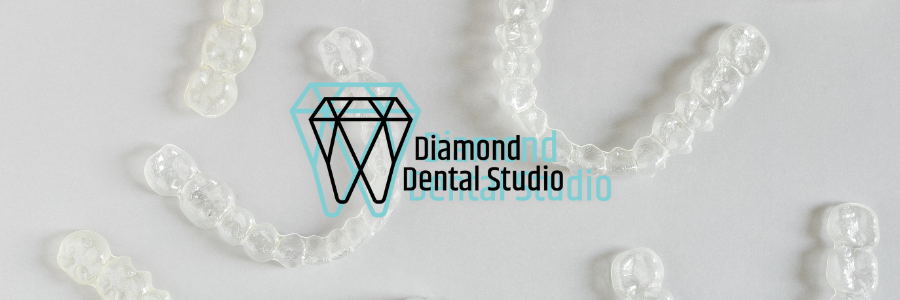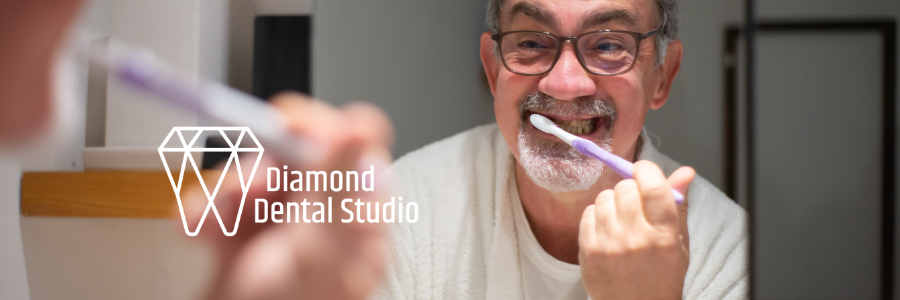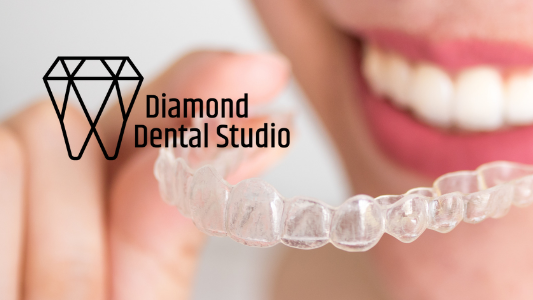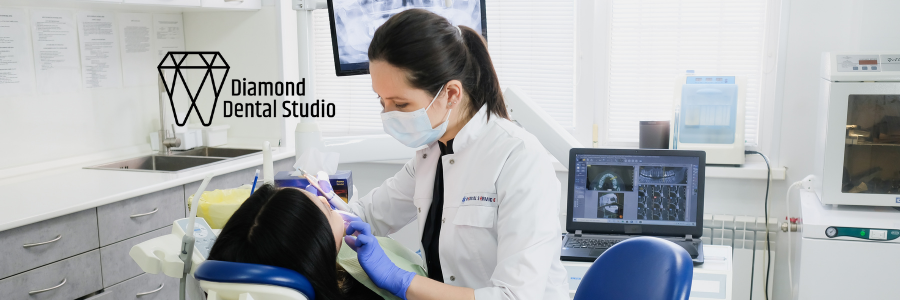Invisalign Pain Timeline: Day 1 to Week 2 (And How to Get Relief)
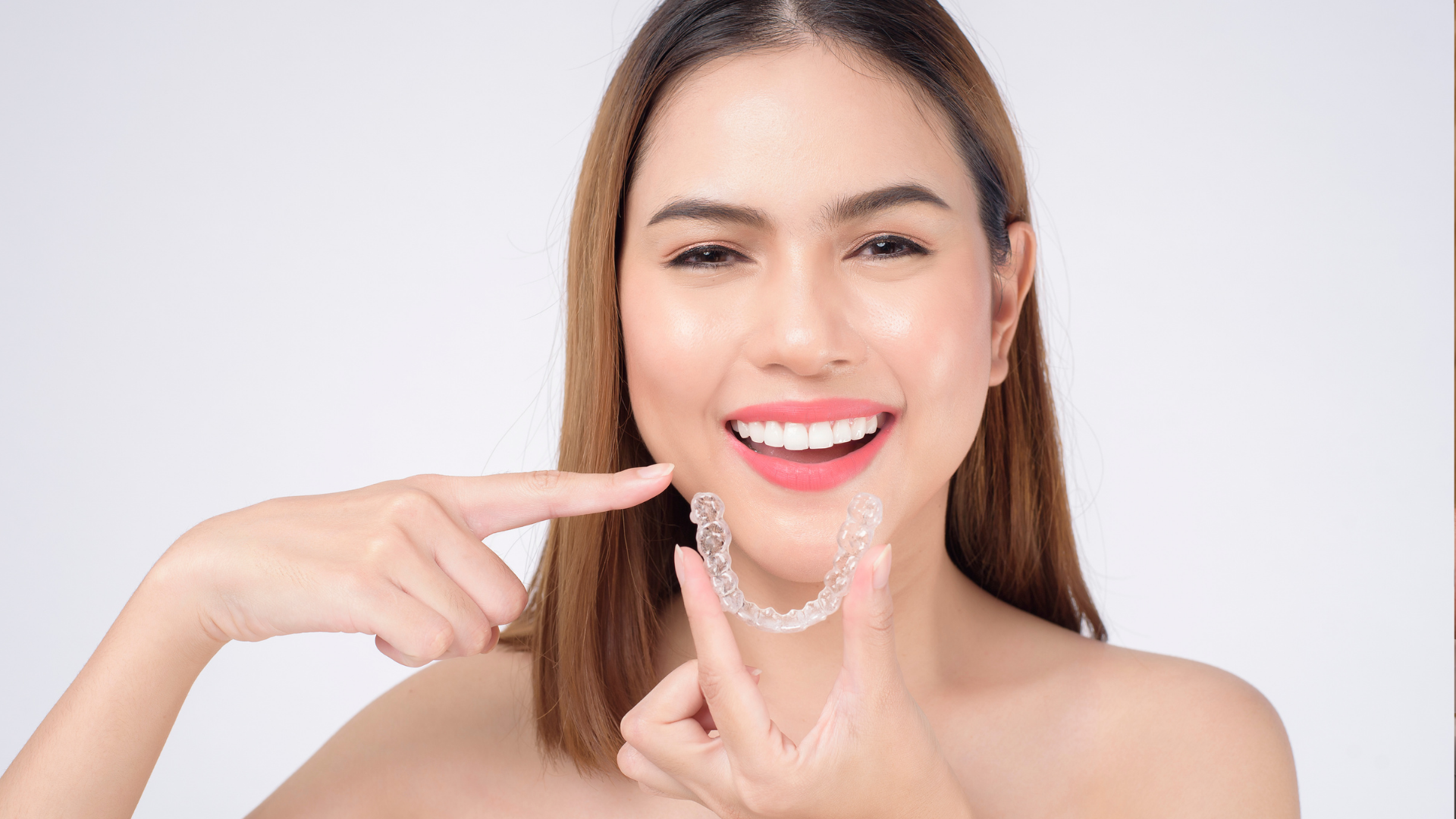
Introduction: Does Invisalign Hurt? Let’s Talk Honestly.
One of the most common questions we hear at Diamond Dental Studio is: “Does Invisalign hurt?” If you’re wondering the same thing, you’re not alone — and you’re absolutely right to ask. Any orthodontic treatment that moves teeth can cause some level of discomfort. The good news? With Invisalign, the discomfort is usually mild, temporary, and highly manageable.
Unlike traditional braces, Invisalign uses smooth, clear aligners that gently guide your teeth into their new positions. While discreet and effective, it’s normal to feel pressure, tenderness, or soreness during the early stages — especially as your mouth adjusts to the new trays.
In this guide, we break down a realistic Invisalign discomfort timeline from Day 1 to Week 2, explain why the soreness occurs, and share practical pain-relief strategies to keep you comfortable every step of the way. By the end, you’ll feel more prepared, informed, and confident as you begin your smile journey.
Day-by-Day: What Invisalign Discomfort Really Feels Like
Day 1: The First Aligner Insertion
What You’ll Feel
When you first put in your Invisalign trays, expect a tight or snug sensation — like your teeth are under gentle pressure. This is completely normal and simply means your aligners have begun their job.
Why It Happens
Each aligner applies carefully targeted pressure to specific teeth. That initial force can create mild soreness or tenderness, especially if you’re new to orthodontic treatment.
How Long It Lasts
Most patients find that discomfort peaks within the first 12–24 hours and then begins to ease.
What You Can Do
- Stick to soft foods (smoothies, mashed potatoes, scrambled eggs)
- Rinse with warm salt water for soothing relief
- Take OTC pain relievers such as ibuprofen if needed
- Use aligner chewies to help fully seat trays and minimize soreness
- Wear aligners consistently — removing them too often prolongs discomfort
Days 2–3: The Peak or Turning Point
What You Might Feel
For some, this is when discomfort peaks. For others, soreness begins fading. You may still notice tenderness when biting down or removing the aligners.
Common Sensitive Areas
- Gums where pressure is concentrated
- Tongue or cheeks (adjusting to tray edges)
- Teeth actively shifting
Tips for Relief
- Continue soft foods if chewing is uncomfortable
- Apply a cold compress to your cheek or jaw for 10–15 minutes
- Use ibuprofen or acetaminophen if needed
- Avoid crunchy, spicy, or acidic foods
- Use orthodontic wax on rough aligner edges (or ask us to smooth them)
Days 4–7: The Turning Point
Discomfort Starts to Decrease
By now, your teeth are adapting to the pressure, and soreness should be minimal or gone entirely. Many patients barely notice their aligners during this stage.
Signs You’re Right on Track
- Chewing is more comfortable
- Aligners are easier to remove and insert
- Sleeping with aligners becomes effortless
Oral Hygiene Tips
- Brush gently but thoroughly — gums may still be sensitive
- Use a soft-bristle toothbrush
- Keep aligners clean to avoid irritation from bacteria buildup
Week 2: Tray Switching and What to Expect
A Mild Return of Soreness (Very Normal)
When you switch to your second set of aligners — usually around Day 14 — you may feel a small amount of discomfort again. This is completely expected and typically much milder than the discomfort you felt on Day 1.
Because your teeth are already accustomed to movement, each new tray tends to feel easier to adjust to.
What to Expect
- Day 1 of a new tray: mild soreness
- Days 2–3: far easier than the first set
- Weeks 3–4: most people barely notice discomfort at all
Invisalign Pain Relief Tips (Quick Summary)
To keep your Invisalign experience comfortable, we recommend:
- Using aligner chewies for proper tray seating
- Taking OTC pain relief as needed
- Choosing soft or cold foods when teeth are tender
- Rinsing with warm salt water for gum comfort
- Using cold compresses for jaw soreness
- Wearing aligners consistently (22+ hours/day)
- Applying orthodontic wax to sharp or rubbing edges
Bonus: When to Call Your Orthodontist
Mild soreness is normal — severe or unusual pain is not. Contact Diamond Dental Studio if you experience:
- Sharp or stabbing pain
- Bleeding or swelling that doesn’t improve
- Sores or ulcers caused by aligner rubbing
- Pain lasting longer than one week without improvement
We’re here to help every step of the way.
Conclusion: You’ve Got This
So, does Invisalign hurt? A little — but it’s absolutely manageable. Most people experience pressure or tenderness rather than true pain, especially during Days 1–3. By the end of Week 1, the discomfort typically fades, and by Week 2, your mouth has adjusted remarkably well.
With the right strategies and support, you can stay comfortable and focus on what really matters: your beautiful new smile.
At Diamond Dental Studio, we’re dedicated to making your Invisalign journey smooth and stress-free. If you have questions or would like to schedule a consultation, we’re here and ready to help.


